I flew Southwest Airlines and my flight was diverted due to a mechanical issue. Here’s what happened and how the airline handled it.
If you are considering booking travel or signing up for a new credit card please click here. Both support LiveAndLetsFly.com.
If you haven’t followed us on Facebook or Instagram, add us today.
My Flight From Fort Myers, Florida to Pittsburgh Was Diverted
After more than a million miles flown, my family experienced just the second flight diversion in our lives. About 35 minutes from landing in Pittsburgh, the pilot came over the public address system and announced a pressurization issue with the aircraft. A warning light had come on and the pilots had successfully switched to manual pressurization but had chosen to divert the aircraft to Baltimore where the airline has a maintenance base and more significant resources.
I was traveling with my wife, nine-year-old daughter, and our six-month-old son, Frankie. For something that was always a possibility, and a procedure we know well, I still discussed with my daughter that the oxygen masks may drop, and if that happens, to place it over her nose and mouth and pull on the cord to start the flow of oxygen. I reminded her that the bag may not inflate and that’s ok.
Tensions were high, and our flight was extended to reach Baltimore by about 10 minutes which was a little bit of an odd decision considering the problem was enough to warrant immediate mechanical action but rather than continuing to Pittsburgh or landing some place closer (Charlotte would have been the closest at the moment it was announced) it continued on.
We really didn’t notice anything different other than the pressure on our ears for most of the descent. When we hit about 6,000 feet, pressure shifted significantly and a rush of air came through the cabin. I don’t have experience with this and perhaps our own, 121Pilot, can weigh in with an explanation.
We landed a little bit farther down on the runway than normal but the pilots wanted to stick the first landing rather than go around, and with credit to them, they got the aircraft down and exited the runway though toward the end and with heavy braking.
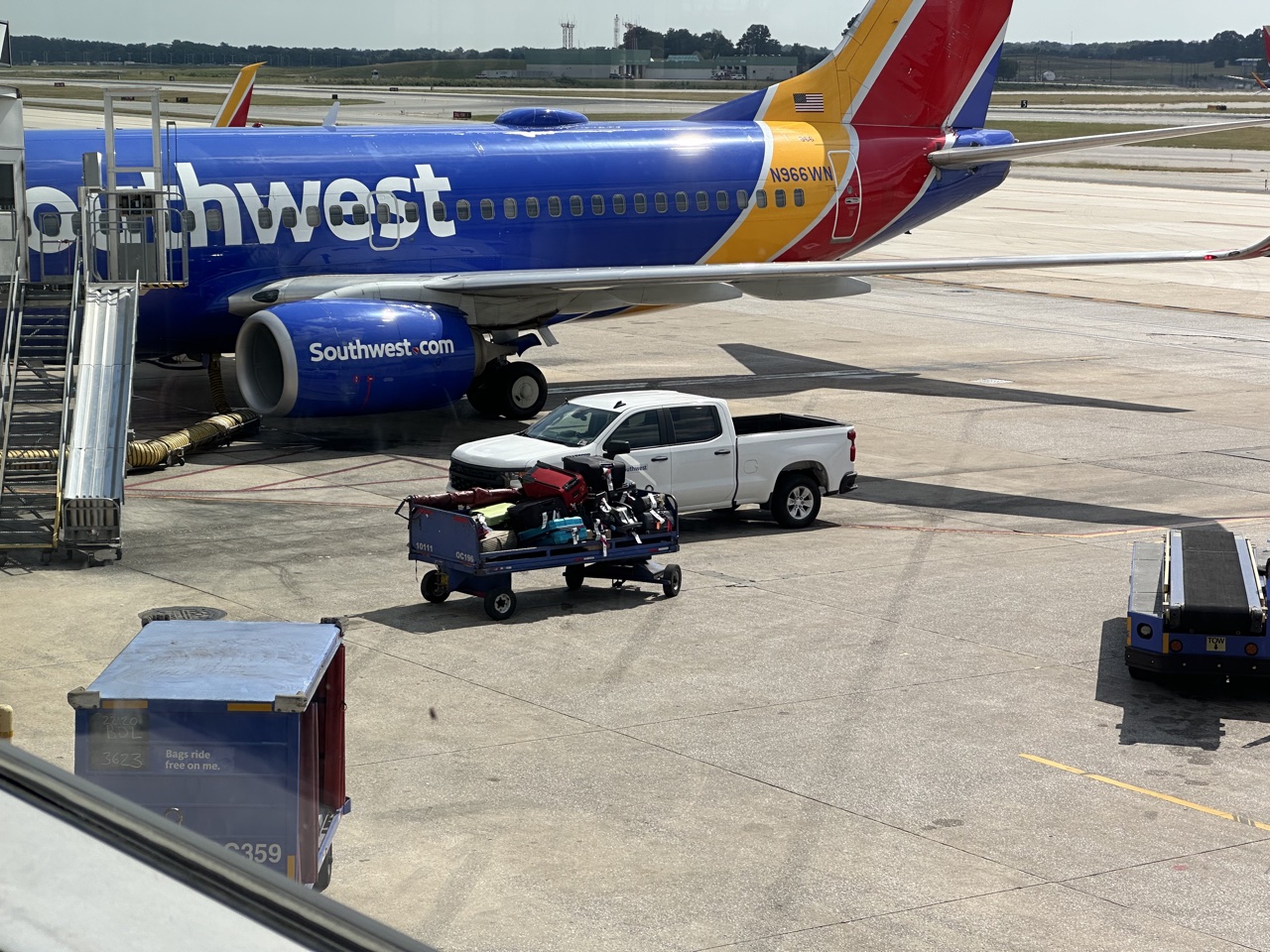
What We Were Told, and What Happened
In the air, we were told that another waiting aircraft would be available. The plan was to switch to the second aircraft right away upon landing and continue on with our same crew to Pittsburgh arriving about an hour later and about 70-90 minutes past our original scheduled arrival.
Once we landed, maintenance came aboard and we were asked to wait in our seats while they had a look. We were told it would take about 5-15 minutes to complete their checks and make any determination necessary.
We did so and the temperature started to rise. We were not the only passengers growing restless. Others had questions and were making them known.
After about 15 minutes, ground staff returned to the PA system to indicate that it would now be 45-60 minutes more and that they would allow us to exit the aircraft with all of our luggage but we needed to check out with them so they knew who was onboard the plane. We chose to grab our things and joined about 100 other passengers, the flight had about 125 on the plane by my rough estimate.
I went to the desk to inquire about a later flight that was scheduled to depart about 30 minutes after the last quoted time for our own. It seemed like a better move to snag seats on that flight which was not dependent on the challenged aircraft. We were informed by another passenger behind us on that flight that it was delayed (they were trying to switch to our unscheduled Pittsburgh departure.) The desk pulled that flight up and shook his head, “It’s not even putting down a scheduled departure time.”
Taking Our Toys and Going Home
I had seen enough. Baltimore is only about 4-4.5 hours away from Pittsburgh by driving. We would eat at least an hour of that delay on the road if it remained as they called it, but if the delay dragged on who knows how long we might be there and what Southwest would end up doing.
I reserved a luxury car with National one-way to Pittsburgh for $93. I asked the desk agent to cancel our trip and refund our flights as they were incomplete. This is yet another option to get a refund for your flights if you want them. In this case, my total travel time would be significantly longer than what I originally purchased and would require me to drive the last four hours – I felt like this was fair. He cancelled our tickets and we moved to ground transportation.
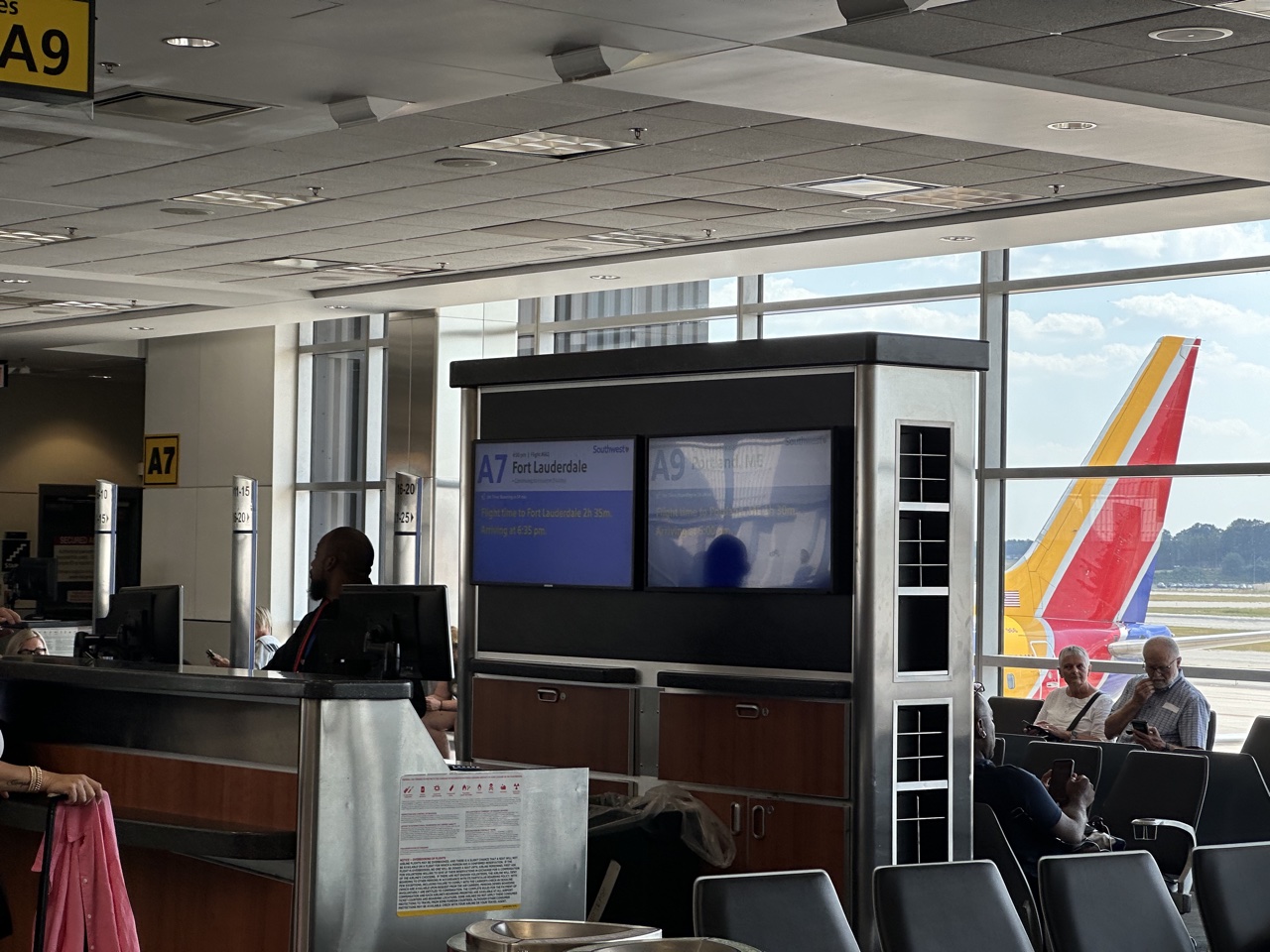
One note, we asked for our checked bags to be pulled or at least the car seat. We were told this violated FAA rules and we would have to pick them up in Pittsburgh when the plane eventually arrived. I doubted this to be true, in fact, if a passenger is not onboard their luggage should be pulled, but given that this was a diversion, I wasn’t sure about the rules and moved on.
We arrived home about five and a half hours later with a stop for dinner and after the egregiously long transport to the rental car center.
My wife looked up our flight and it made it to Pittsburgh about an hour late. This was disappointing but, frankly, I didn’t really want to get back on the airplane and the uncertainty of our departure is what I was trying to avoid.
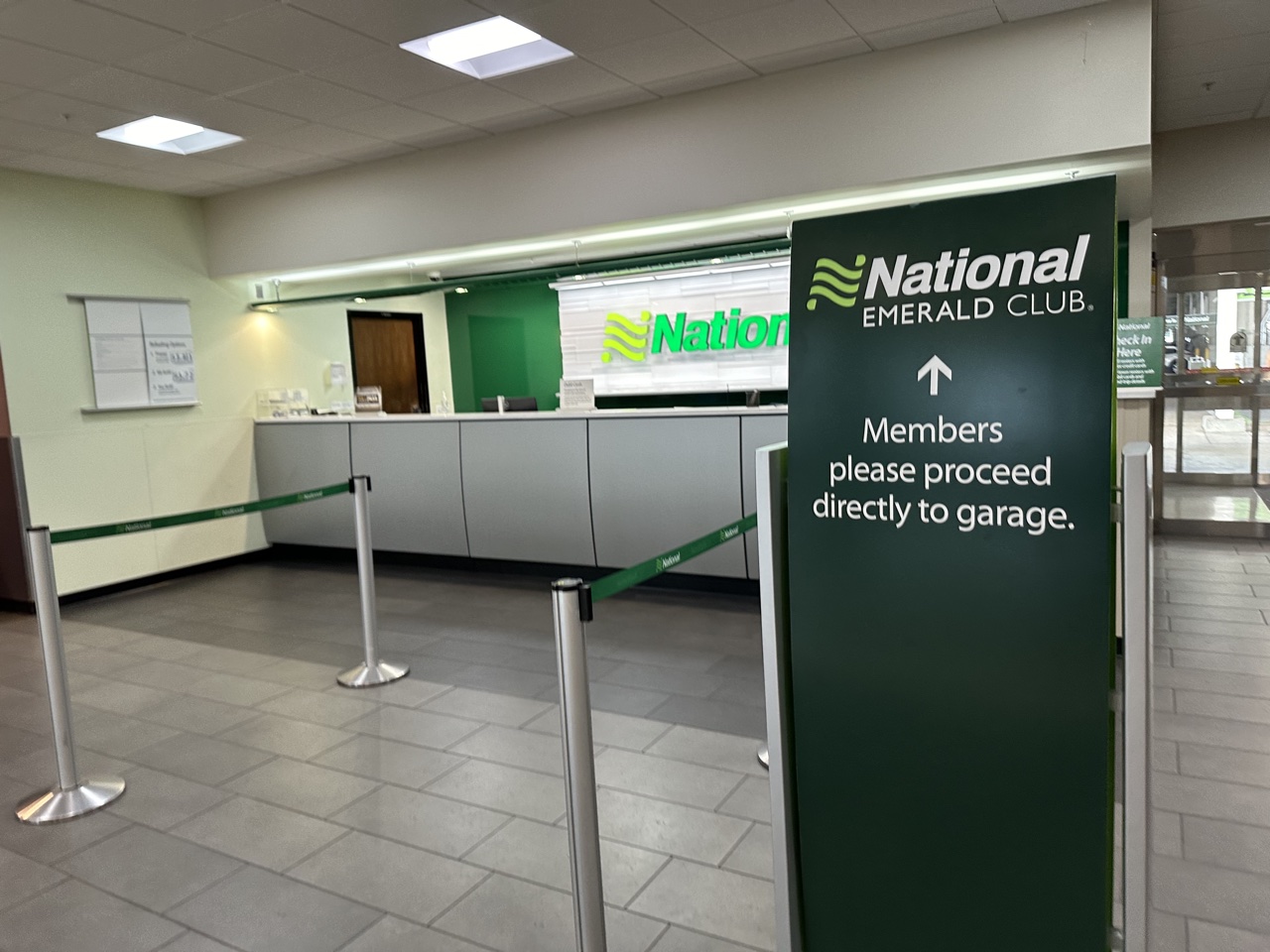
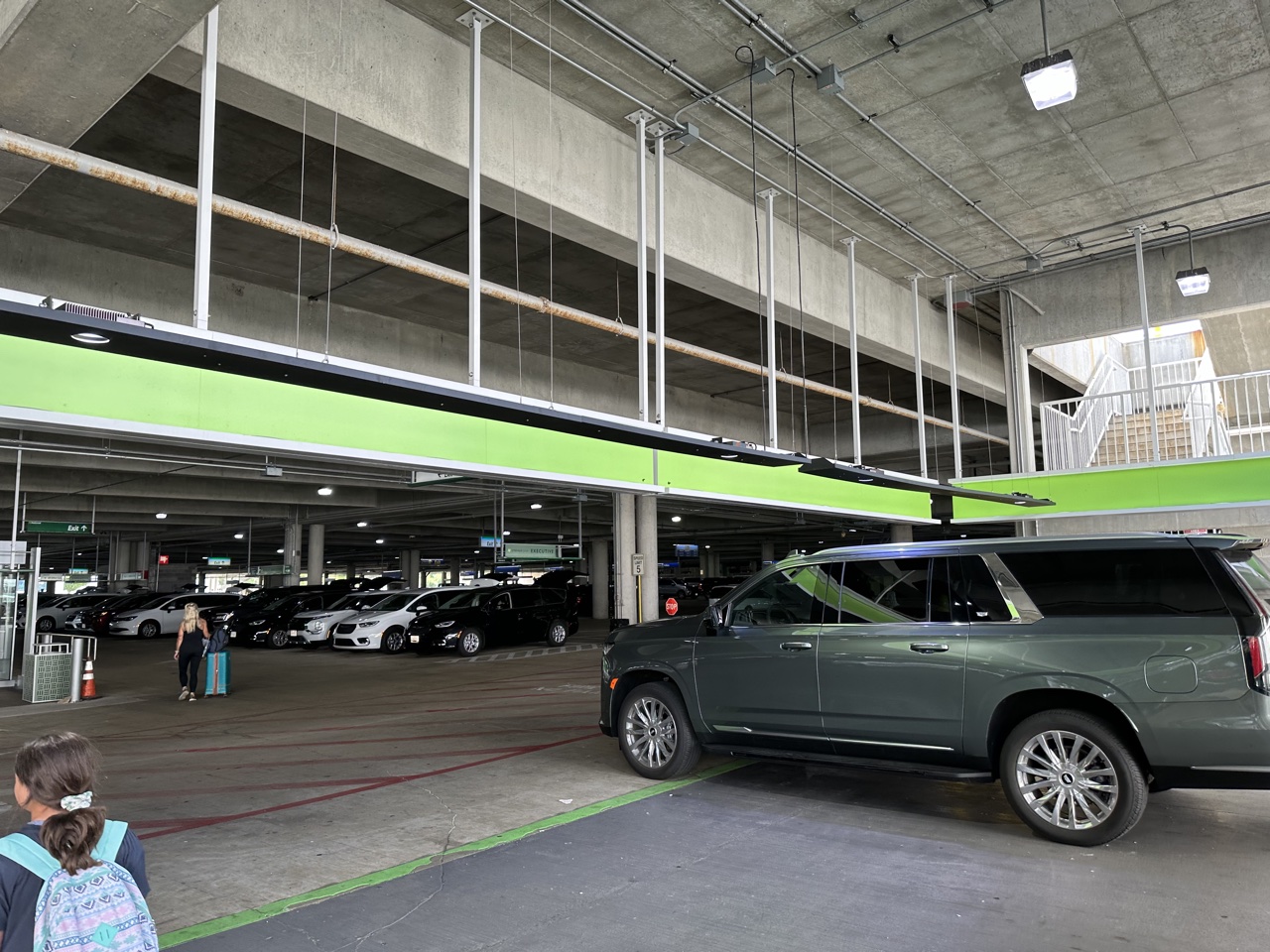
How Southwest Handled It After The Fact
Our luggage was waiting for us in Pittsburgh when we got back, and I picked it up when I returned the rental car. I called Southwest to confirm our luggage was there first, but while I was on the call, I asked about whether the refund had been processed. It had not. In fact, it had not been requested but rather the desk agent just cancelled our onward tickets. She requested the refunds and they were processed before the call was over.
Proactively, we were contacted by Southwest in an email blast that went to everyone on the flight but seemed personalized to our flight and experience.
“Dear Kyle,
I’m very sorry for the unexpected mechanical issue that necessitated the diversion of Flight #[redacted] to Baltimore earlier today. Although the Pilots took this measure out of an abundance of caution, I know the diversion disrupted your travel plans. I assure you that Safety is our utmost priority at all times, and we appreciate your patience while we worked to get you on your way to Pittsburgh. I hope you will accept my sincere apology for your overall inconvenience.We are a Company built on serving others through the delivery of safe and reliable air transportation. Your continued patronage is important to us, and we hope you continue giving us the privilege of seeing you onboard. In that spirit, I’m sending you a LUV Voucher (in a separate e-mail, which will arrive within fourteen days) that can be applied as a form of payment toward a new Southwest reservation. We look forward to welcoming you onboard another flight in the near future.”
Honestly, I thought this was a nice gesture. It was timely, proactive, and explained the situation. We still got the survey and I try to answer those with my true feelings but they tend to be short and not nuanced enough. I was happy with the proactive response, but communication was an outright lie with regard to the replacement aircraft. I also know that one passenger got their luggage off the plane but they denied us the same and blamed an FAA rule. Either it’s true and they broke it for another traveler, or it’s false and they lied again, either way, I wasn’t happy with that. The cancellation was also improperly performed.
Within 12 hours, we each had a LUV voucher valid for one year in the amount of $100. It seemed a little light especially since it was a voucher, but it’s better than nothing. Doing so proactively is also a good resolution.
Conclusion
Our last diversion happened eight years ago, coincidentally also on a wedding anniversary trip. We are very fortunate to not have encountered more serious events and we do appreciate Southwest for both treating our safety as a priority and reaching out proactively. There were some misfires but it could have been worse. I think the one remaining complaint we (and other passengers had) was that Southwest effectively inconvenienced all of us instead of themselves. Yes, there was an emergency onboard and an alternate airport was chosen. But that airport was not closer than our destination calling into question how serious the situation was, and it was chosen because it would be easier for Southwest, not its customers. Granted, the further flights would have been significantly delayed without a maintenance base in Pittsburgh, but it did seem to be a choice of convenience and cost for Southwest rather than safety and service for clients.
What do you think? How did Southwest handle this diversion?


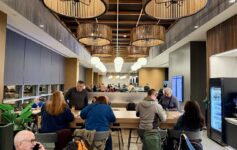
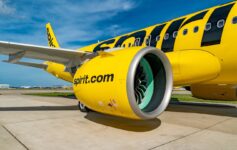
You chose…poorly.
Good and safe outcome , Kyle . To show how times have changed : my flight on NW from Tokyo to HongKong was diverted to Manila due to a typhoon closing Kai Tak airport . Manila w as still flooded from the same typhoon . NW bussed us to the Manila Hotel for the day . NW picked up the tab for our a la carte lunch . We paid for our own drinks, etc . When Kai Tak re-opened , NW flew us on to HK . Good customer service on a diversion .
Rarely do I believe any info provided by an airline in an out of the normal situation. At least you developed a plan B which worked. Most Americans can not think out of the box and would have rotted for days waiting for further instructions from the airline.
Kramer – nice quote from the knight guarding the Holy Grail.
The AUTO cabin pressure controller failing and reverting to manual mode is NOT an emergency. Going to BWI was to facilitate timely repairs which inconvenienced the passengers on that flight but limited the delays to JUST your flight vs down line or following morning flights that may have completely cancelled.
I’m pretty sure there is no security issue with bags flying and the passenger not flying on domestic flights. That is an issue on international flights.
Yes, traveling with luggage without the passengers is not an issue. The biggest problem is still those very dangerous bottles of water you bring from home that you paid $0.10 at Costco. They are very dangerous so you cannot bring them through security and have to pay $4.50 for the same bottle inside the airport.
I would have taken the car route as well. I’ve been burned way too many times waiting for a flight resolution when I could have easily driven.
The removal of bags is more of a staffing issue. The diversion is an extra flight they are not staffed for and to find your luggage could mean unloading 5 bags or 100 depending on where they are located in the cargo bin. Then they have to reload prior to departure and they would be searching through the unloaded bags for others who might want their bags. This all takes a ramp crew of 3, which doesn’t sound like much but it is.
I would have opted for a rental car too. One of theproblem is they won’t rebook you on another airline if there’s an issue so you’re basically screwed. It’s happened to me too many times so I’m now willing to pay more if necessary to fly United or Delta.
Kyle made the most logical choice. With the children in tow sometimes it is best to keep moving. At least with a comfortable vehicle, taking control over the unknown made good sense. Plus it’s an easy drive from BWI to Pittsburgh. I must wonder what special individual got their luggage pulled!
What have you been smoking Kyle? $100 per person for a one-hour delay and diversion (maybe 2 hours total??) is much better than I’ve seen on any other carrier. I have flights that were completely cancelled and southwest and united offered nothing except a refund (and in the case of UA nothing for the segment that was cancelled).
SWA has been exceedingly good to me when things go wrong. Excellent customer service both online and face to face, outstanding care and concern for what I’m dealing with. Delta may be my preferred airline but I’m glad SWA has so many routes out of STL.
To answer your question about the rush of air you experienced at about 6,000′:
An airplane fuselage is pressurized by pumping in a little more air than can escape. In flight, the pumped-in air comes from the outside, compressed by the spinny bits of the engines. The escape is provided by a valve called an outflow valve. On the 737, it’s an opening in the fuselage about 12″x15″ with a variable valve moved by a motor.
When all is going well, the CPC (Cabin Pressure Controller) automatically manages the cabin pressure via a simple computer that takes various inputs such as cruise and landing altitude, and adjusts the opening of the cabin outflow valve to comfortably and safely pressurize and depressurize the cabin during flight. It sounds like, on your flight, both CPCs (the 737 has 2) failed, so the crew referred to the QRH (Quick Reference Handbook) for the appropriate procedure for this fault.
The procedure for a dual CPC failure directs the crew to, among other things, fully open the outflow valve when in the vicinity of the airport of intended landing. A fully depressurized cabin is necessary for landing, because otherwise, it would be impossible to open the doors once on the ground. The workload on the flight deck is highest during approach and landing. So while the pilot executing the checklist could have tried to finesse the procedure of opening the outflow valve to allow a gentle depressurization similar to the one you are used to (i.e. one you probably do not notice), it would have taken much of his or her attention and time, away from the more important tasks at hand. Appropriately, he or she did it in one step, as directed by the QRH, because it allowed them to concentrate on more important upcoming tasks as part of the approach to land. That allowed all the air inside the fuselage where you were sitting to escape rather rapidly. That was the “rush of air” you experienced. You may have heard it, and you certainly felt it in your ears. While it may have been unpleasant and surprising, it was done efficiently to allow the crew to concentrate on more important tasks, like placing the landing gear on the intended section of pavement.